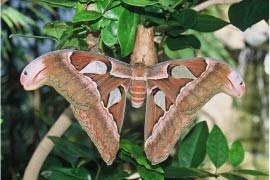
Rebecca Snell
University of Toronto, Faculty of Forestry
 |
Rebecca Snell University of Toronto, Faculty of Forestry |
Summary of Master's thesis This project considered the moth/yucca mutualism in a broader community context. The relationship between yucca plants and yucca moths is one of the classic examples of an obligate pollination/seed predation mutualism. Female yucca moths are the sole pollinators of yuccas, however they also lay their eggs into the flowers, where their offspring eat a proportion of the developing seeds. My thesis project examined how yuccas interact with three species of moths (yucca moths, cheater moths and Prodoxus moths) and how ants and aphids modify these interactions. |
|
|
|
|
|
|
||
The net result of ants was positive for yuccas. Ant-damaged buds had no impact on fruit production as yuccas abscise 90% of their flowers anyways. Ants had a small negative effect on pollinators, however this was filtered out by yuccas (via selective abscission of the flowers). Ants protected yuccas by reducing seed predation from cheaters and herbivory from Prodoxus. Aphids served to attract ants and indirectly protect the fruit from ant herbivory. When aphids were absent, ants were more likely to eat the fruit and damage seeds. The benefits of ants and aphids far outweighed their potential costs, and by reducing cheater larvae in the fruit, ants indirectly caused a 25% increase in the number of viable seeds per fruit. |
||
|
||